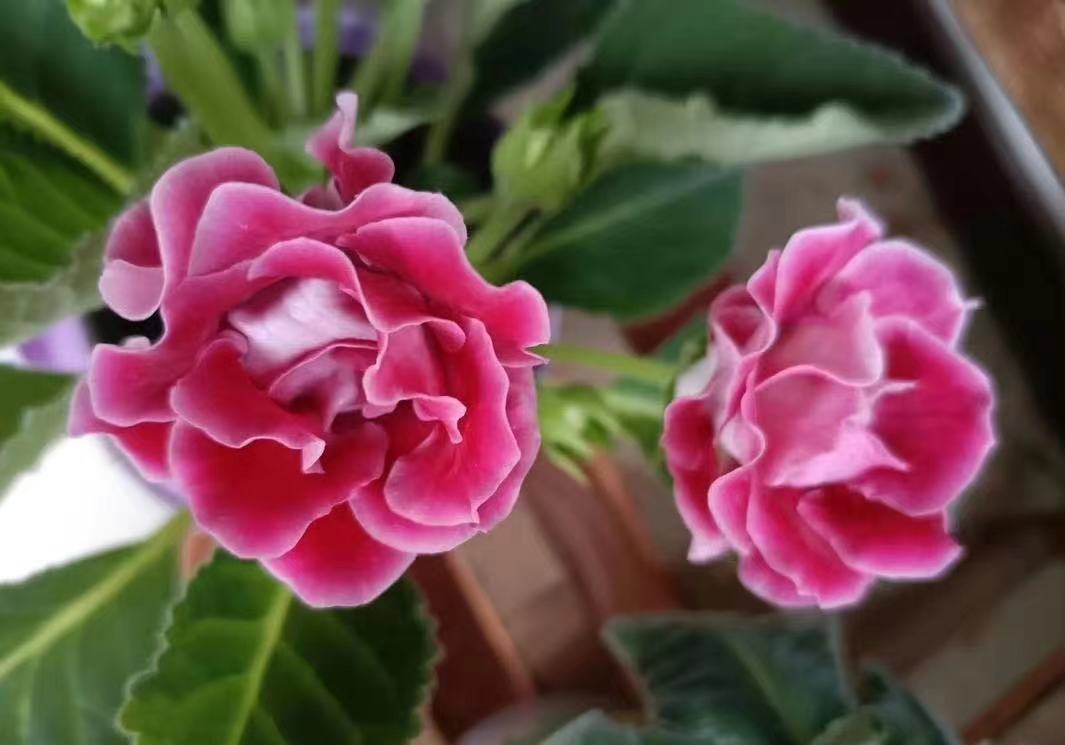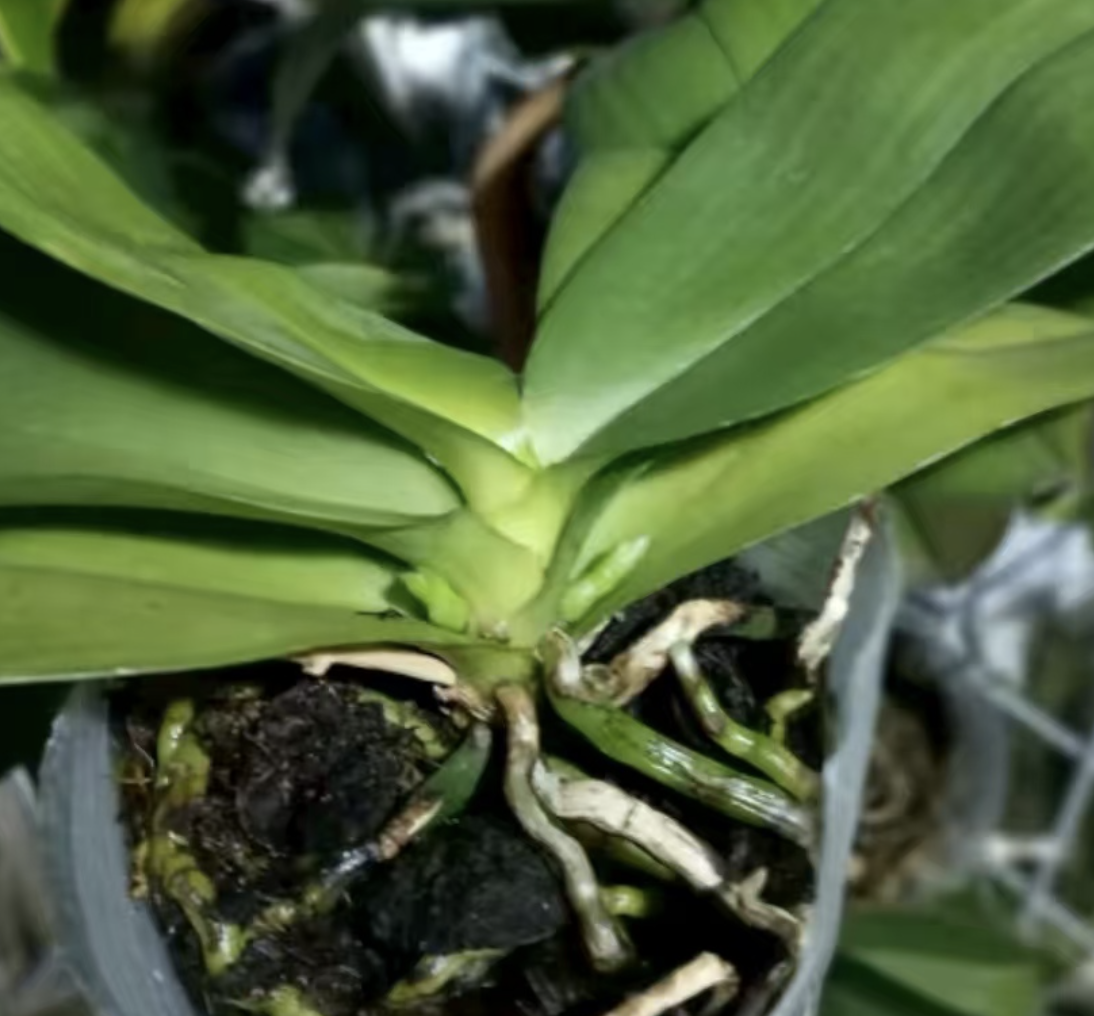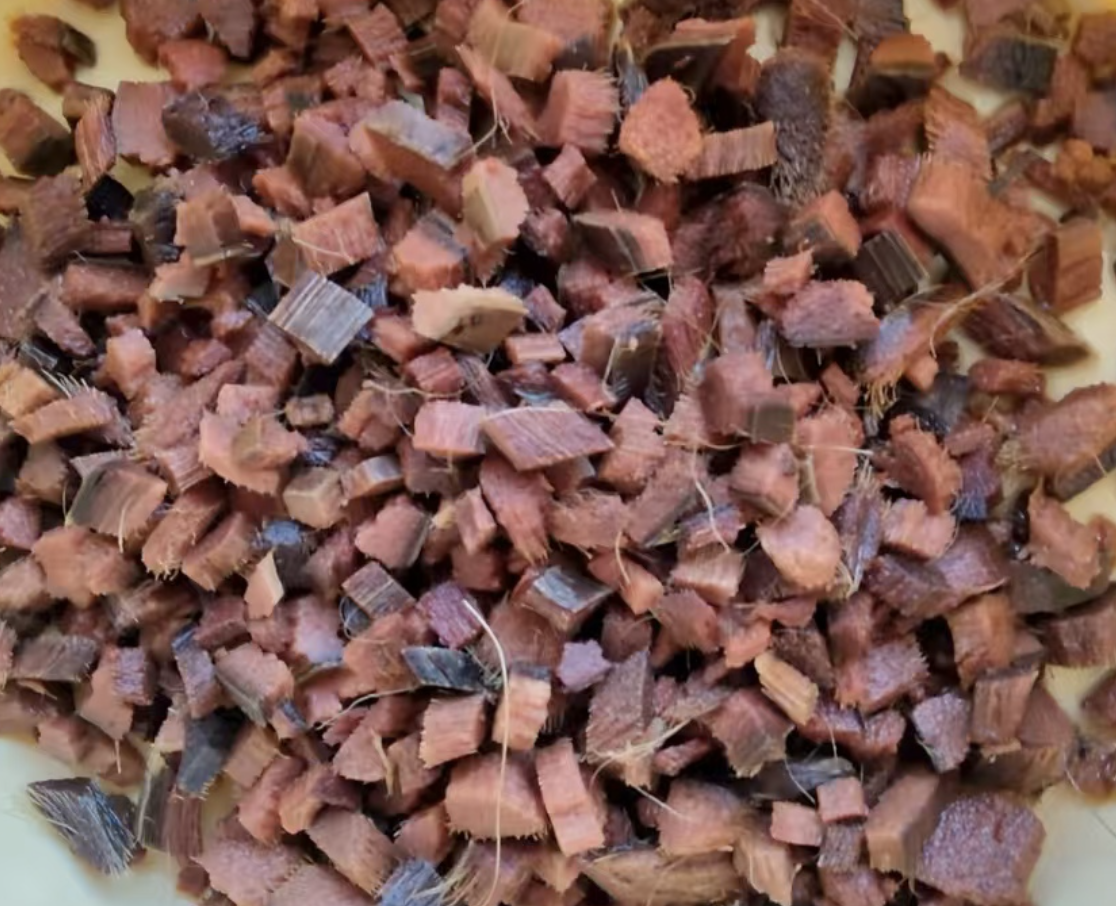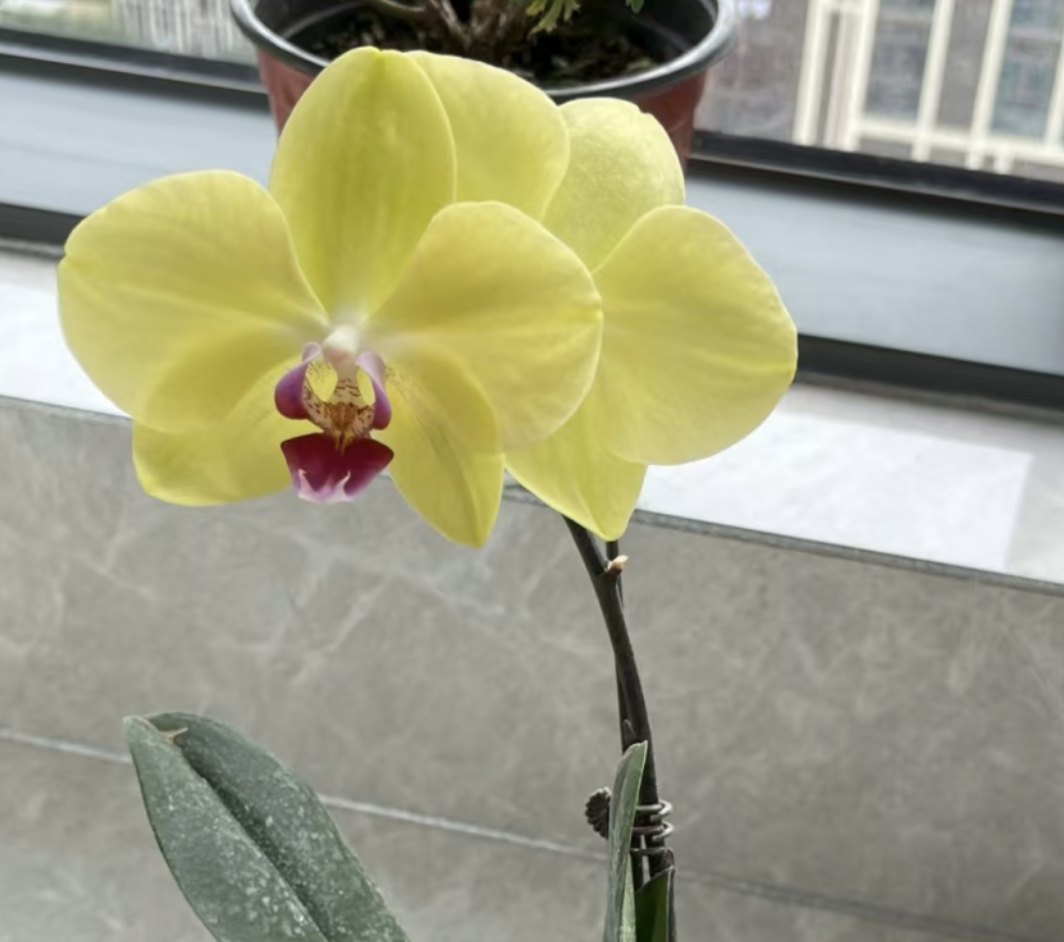In the world of flowers, each kind has its unique growth habits and requirements. Some flowers love water and need sufficient moisture to stay alive; while some are very sensitive to water, and excessive moisture can bring fatal harm to them. The following will introduce five kinds of flowers that are most afraid of water for you.
Let's first talk about Echeveria derenbergii among succulent plants. Echeveria derenbergii is small and exquisite, with thick, plump and round leaves, and a fresh and elegant color, which is deeply loved by many flower lovers. However, Echeveria derenbergii is an extremely water-fearing flower. Its leaves and roots store a large amount of water and have a strong drought tolerance ability. If watered too much and the soil remains moist for a long time, the roots of Echeveria derenbergii are prone to rot due to lack of oxygen, which in turn leads to the death of the entire plant.
Tips for maintaining Echeveria derenbergii are as follows: Use well-draining soil, and add an appropriate amount of perlite, vermiculite, etc. to the soil to increase air permeability; When watering, follow the principle of "water when dry, and water thoroughly", usually watering once about every half a month is enough; When the temperature is high in summer, Echeveria derenbergii will enter a dormant state. At this time, reduce watering or even stop watering.
Sinningia speciosa is also a water-fearing flower. Sinningia speciosa has large, bright and beautiful flowers, with high ornamental value. But its leaves and flowers are covered with fine fluff. If water accidentally gets on the leaves and flowers when watering, the moisture is difficult to evaporate, which can easily lead to leaf rot and flower withering.
Tips for maintaining Sinningia speciosa: Choose loose, fertile and well-draining leaf mold soil; When watering, slowly pour along the edge of the flowerpot to avoid water getting on the leaves and flowers; Sinningia speciosa likes a semi-shady environment and avoids direct sunlight.
Zygocactus truncatus is one of the common household flowers. It has a unique shape and bright flowers. However, Zygocactus truncatus has very strict requirements for water. The roots of Zygocactus truncatus are relatively fragile. Excessive moisture will cause the roots to be unable to breathe normally, thereby causing root rot. Especially in high temperatures in summer and low temperatures in winter, when Zygocactus truncatus grows slowly and has less demand for water, it is even more necessary to control the amount of watering and keep the soil slightly moist.
Tips for maintaining Zygocactus truncatus: Provide loose, breathable and fertile soil for Zygocactus truncatus; Water once every 1-2 weeks in spring and autumn, and reduce watering in summer and winter; Appropriate increase the application amount of phosphorus and potassium fertilizer before the flowering period, which is helpful to promote flowering.
Fuchsia is a beautiful and delicate flower. Its flowers are shaped like upside-down bells, with rich colors and are very charming. But Fuchsia is particularly afraid of waterlogging. Once watered too much, problems such as yellow leaves, fallen leaves and rotten roots are prone to occur.
Tips for maintaining Fuchsia: Choose well-draining soil, which can be mixed with peat soil, perlite and vermiculite; Adjust the watering frequency according to the season and weather. Generally, water once every 2-3 days in spring and autumn, once every 1-2 days in summer, and once about every week in winter; Fuchsia likes a cool environment. Pay attention to shading and cooling in summer.
Finally, there is Cyclamen persicum. Cyclamen persicum has abundant flowers and rich colors, and is a very popular indoor flower. However, the corms of Cyclamen persicum are easily rotten due to water accumulation. When watering, avoid watering directly on the corms, and also pay attention to no water accumulation at the bottom of the pot.
Tips for maintaining Cyclamen persicum: Use fertile soil rich in humus; See dry and wet when watering and avoid water accumulation; The flowering period of Cyclamen persicum is long. Trim the remaining flowers in time after the flowers fade to reduce nutrient consumption.
Understanding the growth habits of flowers is crucial for successful flower maintenance. For these five kinds of flowers that are most afraid of water, we need to be extra careful during the maintenance process and reasonably control the amount and frequency of watering.
Which flowers are most afraid of being watered?

Share with
Tagged in :




Leave a Reply